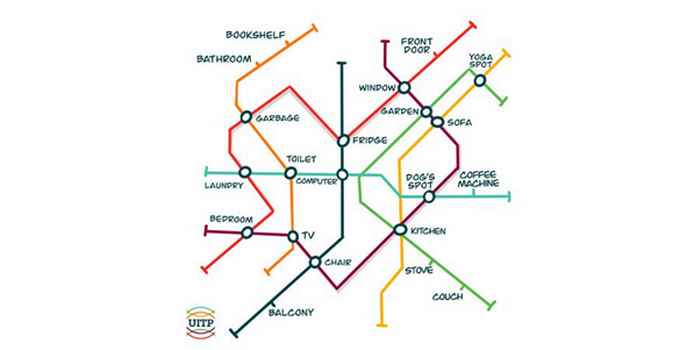Working from home as an alternative to commuting - - by Samuel Nello Deakin, Anna Nikolaeva & Ori Rubin.
Published on 14 April 2020.

What can we learn from the coronavirus pandemic?
As a result of the exceptional measures adopted by many countries in order to combat the COVID-19 pandemic, we currently find ourselves in a large natural experiment: the movement of millions of individuals from all kinds of social, professional and geographical backgrounds has been restricted in an unprecedented manner. In countries all over the world, people are being encouraged or forced to work from home instead of commuting to their regular work location. What seemed so trivial just weeks ago – getting out of your home, travelling to wherever you need and doing whatever you need or want to do – has now been put into question.
It is no surprise, therefore, that transport researchers, and we among them, see this as a unique opportunity to explore questions which we have been asking ourselves for many years. For us, the current crisis provides potential to explore how we might be able to transition to a society which is less rather than more mobile. As various accounts have suggested1, developing a more sustainable and resilient mobility system will require us to reduce current travel levels.
Among others, working from home is often presented as a potential solution which can help minimise high carbon mobility. Back in 1987, Anthony Pascal2 was quite “optimistic” about technology (and pessimistic about urban life): “The newly emerging technologies will soon begin to provide excellent substitutes for face-to-face contact, the chief remaining raison d'etre of the traditional city” (Pascal, 1987, p.599).
Yet while working from home or teleworking, has been on the radar of policy-makers and employers for a while, it has never quite succeeded in becoming a popular solution, despite technological advancements. Bluntly speaking, not all jobs are easily done from home, and not less important – not all homes are suited for work.
A white paper published this month by economists at the University of Chicago estimated that 37 percent of all jobs in the US could potentially be performed at home. But averages tell half the story: In the IT industry, education and finance industries the share is around 80 per cent, while in the service industry only around 20 per cent. The geographical variation is also substantial3. There is some US-based evidence that while working from home is a valued alternative for workers, workers seem to be apprehensive to the associated risk of working evenings or weekends. The latter is especially true for women4.
Another possible factor to consider is that seeking professional, and social face-to-face contact with other people are important part of why we “go to work”. And yet, there are many more potential drawbacks and benefits that we were never able to grasp due to lack of actual experiences with working from home among the majority of people.
Making the most of the unique circumstances derived from the coronavirus pandemic, we are currently exploring people’s perceptions and experiences of working from home as an alternative to commuting. What do people see as the main advantages and disadvantages of working from home? Do they miss the experience of commuting to work, and if so, what aspects do they miss? Do they think they will likely work from home more often after the current restrictions are lifted?
We are exploring these questions through an online survey, which we have distributed as widely as possible through mailing lists and social media. It is important to note that we focus not on whether a certain job can actually be done at home, but rather on the factors and challenges experienced when attempting to work full time from home.
References
1Banister, D. (2008). The sustainable mobility paradigm. Transport policy, 15(2), 73-80
Ferreira, A., Bertolini, L., & Næss, P. (2017). Immotility as resilience? A key consideration for transport policy and research. Applied Mobilities, 2(1), 16-31.
2 Pascal, A. (1987). The vanishing city. Urban Studies, 24(6), 597-603.
3Dingel, J. I., & Neiman, B. (2020). How Many Jobs Can be Done at Home? (No. w26948). National Bureau of Economic Research.
4Mas, A., & Pallais, A. (2017). Valuing alternative work arrangements. American Economic Review, 107(12), 3722-59.
CUS-COVID-19 Blog Series
Knowledge will shape the impact of the current COVID-19 crisis, but we also need to allow the space to generate new knowledge, and to generate it in interaction with others. Therefore, the Centre for Urban Studies offers its members a free space for sharing ideas about the potential impacts of the crisis. In this blog series, our members share their thoughts and reflections on the impact on COVID-19 on urban life.